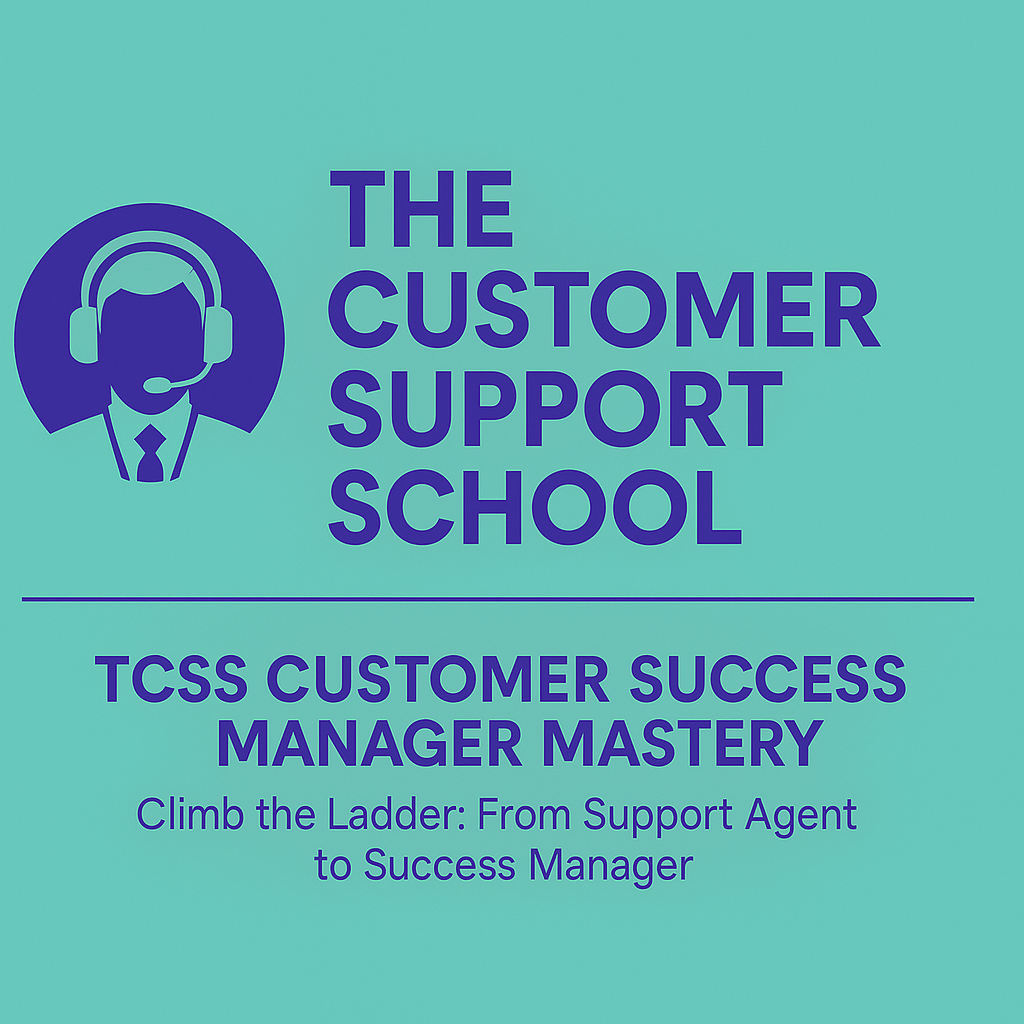“What does a Customer Success Manager do?”
In the fast-evolving world of SaaS and subscription-based businesses, Customer Success Managers (CSMs) have become the secret weapon behind customer retention, growth, and long-term satisfaction. But despite the rising demand for this role, many still ask:
In this blog, we’ll unpack the CSM role in-depth, covering responsibilities, goals, daily tasks, and the impact CSMs have on business growth.
What Is Customer Success?
Before diving into the role, let’s define Customer Success.
Customer Success is a proactive, strategic function that helps customers achieve their desired outcomes while using a product or service. Unlike Customer Support, which reacts to problems, Customer Success anticipates them—and works to prevent them.
Who Is a Customer Success Manager and what does he do (CSM)?
A Customer Success Manager acts as the bridge between the company and its customers. Their primary mission? To ensure customers gain maximum value from the product, stick around longer, and become brand advocates.
They combine elements of support, account management, consulting, onboarding, training, and strategy—all rolled into one.
Key Goals of a Customer Success Manager and what they do?
The CSM’s responsibilities are aligned with these core goals:
-
- Customer Retention: Prevent churn by proactively addressing concerns
-
- Product Adoption: Ensure customers use and benefit from key features
-
- Revenue Expansion: Drive upsells, cross-sells, and renewals
-
- Relationship Management: Build trust and act as the customer’s advocate
-
- Customer Health Monitoring: Spot red flags before they become problems
Day-to-Day Responsibilities
Here’s a breakdown of what a CSM typically does on a daily basis:
1. Customer Onboarding Guide: New users go through the setup and configuration, conduct kickoff calls and product walkthroughs and set clear expectations and success milestones
2. Check-Ins & QBRs: Schedule regular meetings to review goals and usage, Conduct Quarterly Business Reviews (QBRs) to highlight ROI, collect feedback and escalate feature requests
3. Product Education & Training Share how-to resources, videos, and product updates. Host webinars or training sessions and help customers adopt underutilized features
4. Issue Escalation Support: Act as the customer’s internal advocate across departments & Coordinate with support or engineering for critical issues
5. Customer Health Tracking: Monitor product usage patterns. Use tools like Gainsight, Planhat, or your CRM to assess health scores and trigger intervention plans for at-risk accounts
6. Renewals & Upsells: Identify expansion opportunities, collaborate with the Sales or Account Executive team to drive renewals and prepare ROI decks or business cases for upselling
How Is CSM Different from Support or Account Management?
| Role | Focus | Reactive/Proactive | Success Metric |
| Customer Support | Solve immediate problems | Reactive | Time to resolution |
| Account Manager | Manage contracts & billing | Reactive/Proactive | Revenue closed |
| Customer Success Manager | Drive outcomes & value | Proactive | Retention, NRR, health score |
Metrics a CSM Is Measured On: CSMs are usually evaluated based on:
-
- Retention Rate / Churn Rate
-
- Net Revenue Retention (NRR)
-
- Customer Satisfaction (CSAT)
-
- Net Promoter Score (NPS)
-
- Feature Adoption Rate
-
- Customer Health Score
Real-World Example: SaaS Customer Success in Action
Let’s say your company offers a project management tool.
The CSM:
-
- Helps a new marketing agency onboard and map their workflow
-
- Conducts monthly check-ins to analyze feature usage
-
- Identifies that they aren’t using the reporting dashboard, so schedules a training
-
- Flags low adoption of mobile features and helps optimize the rollout
-
- Before renewal, present a value summary showing time saved
-
- Upsells them to a plan with more automation and integrations
Result: The client renews, expands their plan, and refers two more agencies.
Why CSMs Are Critical for Business Growth
Today, acquiring a new customer is 5x more expensive than retaining one.CSMs are the revenue protectors. By building strong relationships and ensuring value delivery, they help: Improve lifetime value (LTV), increase customer loyalty and drive organic growth through referrals
Want to Become a Customer Success Manager?
If you’re passionate about helping others succeed, love solving problems, and want to be at the intersection of tech, business, and relationships, Customer Success is a great career path.
Final Thoughts
The role of a Customer Success Manager goes far beyond just “keeping customers happy.” They’re strategic partners who empower customers, prevent churn, and unlock growth.
As SaaS and subscription models dominate the business landscape, CSMs are no longer optional—they’re essential.

